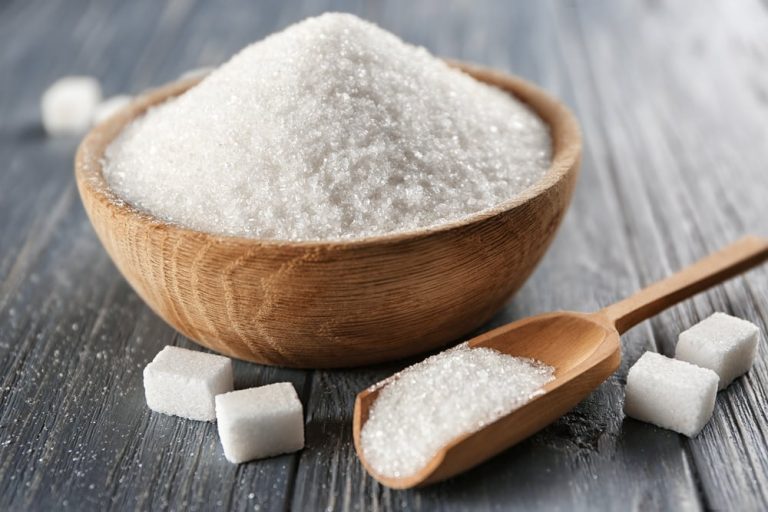quick look
- Sugar prices in Kenya fell by 4.6% in February after the ban on sugarcane crushing was lifted.
- The average retail price fell to Sh200.01 per kilo from Sh209.55 in January.
- Increased domestic production and sugarcane deliveries to factories led to lower prices.
- Lower prices helped ease inflation in February.
Kenyan consumers got a welcome reprieve in February, as sugar prices fell by 4.6%. The Kenya National Bureau of Statistics (KNBS) highlighted this significant drop in prices. The cost of a kilo of sugar, which averaged Sh209.55 in January, fell to Sh200.01. A closer examination of supermarket prices supports this trend. Nivas Supermarket listed the prices of white sugar between EGP 195 and EGP 199.5, while Carrefour offered it at EGP 185 to EGP 195. This decline in sugar prices played a crucial role in easing inflation during the month, providing relief to consumers struggling with the cost of living.
Production boom: Sugar production rises to 487,877 tons
The price reduction came against the backdrop of a significant increase in local sugar production. The Agriculture and Food Authority (AFA) played a vital role by ending the months-long ban on sugarcane crushing. The ban was initially imposed in July to allow immature sugarcane to mature, but the lifting of the ban on December 1, 2023 led to increased production. Sugar production nearly doubled to 487,877 tons in December from 25,179 tons in November. The increase followed 610,020 tons of sugarcane delivered by more than 300,000 farmers to mills in December, representing a 105.9% increase from November. The resumption of full operations at sugar mills boosted production and played a major role in the decline in prices observed in February.
The global sugar market faces a 150-point decline
Low sugar prices are not limited to the Kenyan market. Globally, sugar price trends have shown significant negativity in recent trading sessions. The significant decline highlighted this trend, closing below the expected target of 21.35 and opening the way for further declines. The Commodity Futures Trading Commission (CFTC) announced a speculative long position of 30,642 contracts in the sugar futures market. However, a decline in sugar prices of around 150 points over two sessions likely influenced these positions. The downward trend should continue in the short term, with a breach of the 21.35 level potentially relieving the downside pressure and starting recovery attempts.
Consumers in Kenya have enjoyed temporary relief from rising costs, thanks to a notable decline in sugar prices. These developments come as a result of increased local production and strategic regulatory decisions that have positively impacted the market. Globally, sugar market dynamics, characterized by significant price fluctuations, reflect broader economic trends. Despite the recent decline in prices, the inherently speculative nature of the futures market means that volatility is an ongoing challenge for both producers and consumers. This situation suggests that although the short-term benefits are clear, stakeholders must remain vigilant due to the potential for future price changes.

